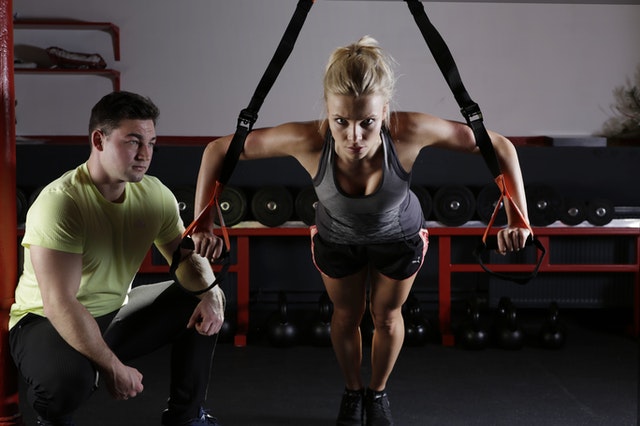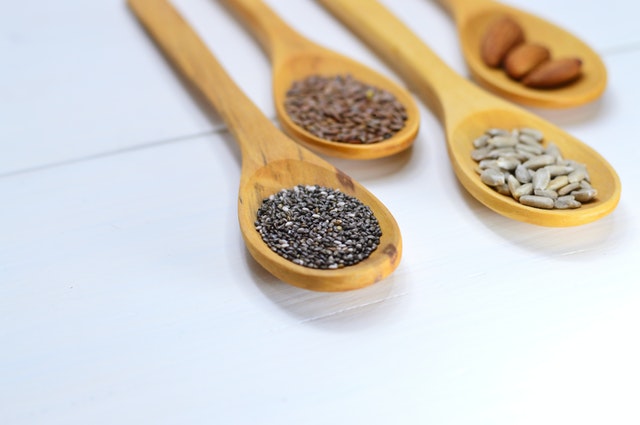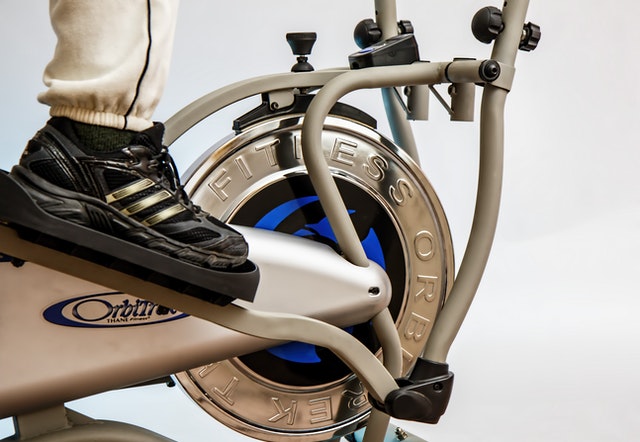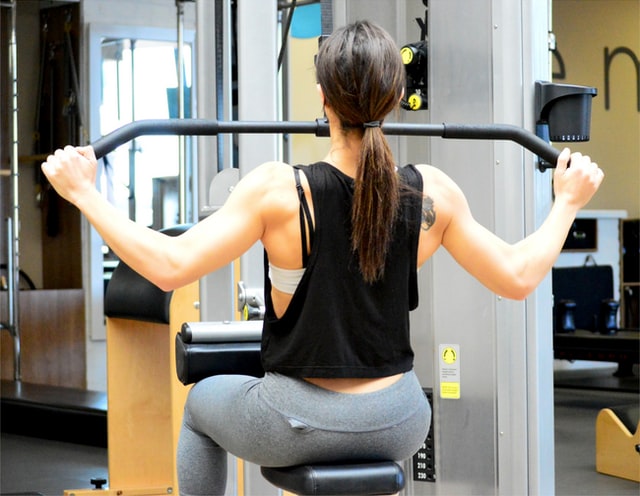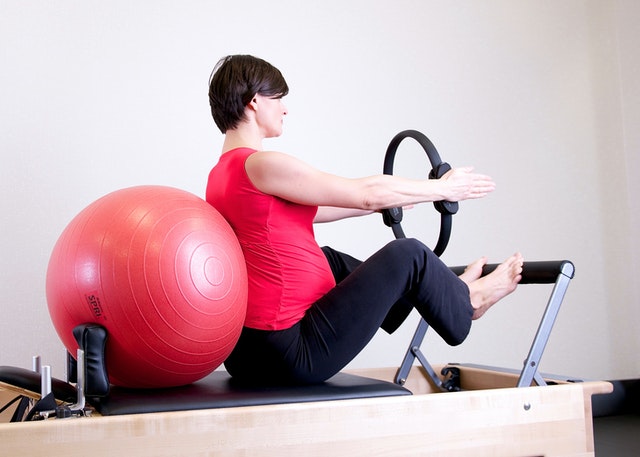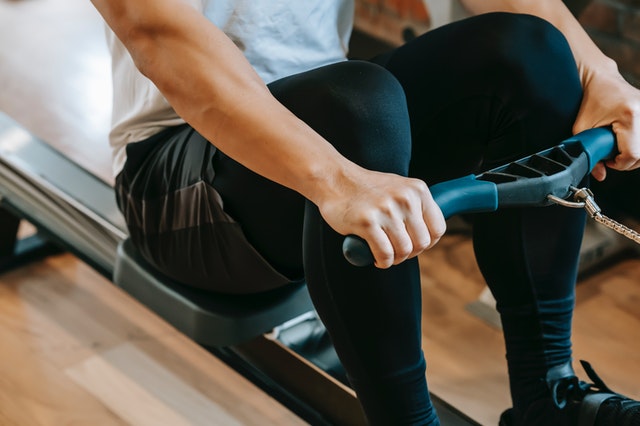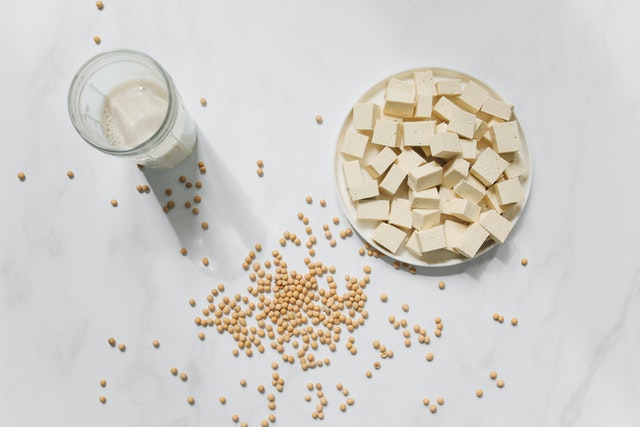Many people know that vitamin D is the vitamin that the body naturally produces when exposed to sunlight. Few people understand what it does, though. That may be one reason why vitamin D deficiency is so common.
Over 40% of adults in the United States don’t get enough of this vitamin every day. If only they knew how essential the sunshine vitamin really is!
What Is Vitamin D For?
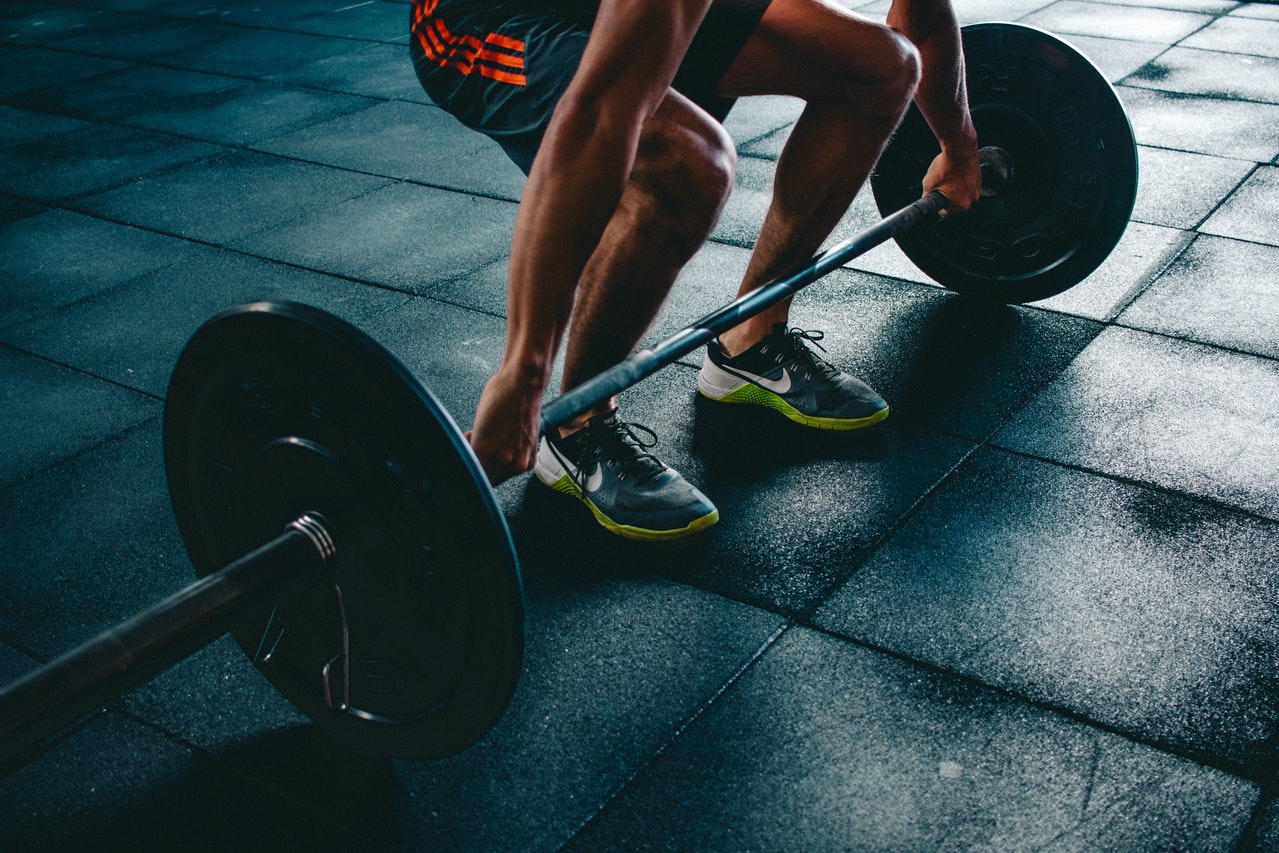
Vitamin D is capable of impressive things. It boosts your body’s ability to absorb calcium, which greatly impacts bone health. Having sufficient calcium is essential for preventing osteoporosis.
Low vitamin D levels can also affect other parts of your body:
- Heart health
- Muscle strength
- Mood
- Metabolism
- Blood sugar
- Immune system (autoimmune diseases)
Why You Need Vitamin D — Especially for Aging

Calcium and vitamin D are a fantastic team, always better together. People who have a vitamin D deficiency can only absorb about 10–15% of the calcium in foods they eat. In contrast, with the right amount of vitamin D, that absorption goes up to 40%!
Maintaining proper calcium levels becomes trickier as you age. Bone growth slows significantly after age 50. Women going through menopause have a greater risk of osteoporosis because low estrogen levels can speed up bone loss.
Osteoporosis Statistics

The numbers show just how important it is to make sure you’re getting plenty of vitamin D and calcium:
- Nearly 45% of U.S. adults over 50 have low bone mass
- Over 200 million people worldwide have osteoporosis
- The percentage of women in the U.S. who have osteoporosis is increasing
- About 33% of women experience at least one osteoporosis-related fracture
- Women aged 65 have a 25% risk of osteoporosis
These statistics aren’t meant to scare you or depress you. Instead, they show that everyone needs to take care of bone health. The best time to ensure you’re getting enough calcium and vitamin D is right now, whether you’re 35 or 65.
Who Needs More Vitamin D

Getting enough vitamin D from a regular diet is almost impossible because few foods have any. Some manufacturers add vitamin D to their products, such as milk (cow’s milk and soy milk), cereal, oatmeal and orange juice. The main way to get more vitamin D is from sunlight.
Unfortunately, modern lifestyles mean fewer people get sunlight during the day. If you spend most days inside, or you live in a place with long winters and lots of cloudy days, chances are you’re not getting enough vitamin D.
As you age, your body has a harder time producing sufficient vitamin D, even if you do spend time in the sun. Lower vitamin D production and faster calcium loss at the same time is a double-whammy for your bones. Past age 65, vitamin D supplements are usually a necessity regardless of lifestyle.
How Much Vitamin D You Need

According to Johns Hopkins Medicine, adults under the age of 50 need 1,000 mg of calcium. After age 50, women need 1,200 mg of calcium. For vitamin D, the recommended amount is 600 IUs until age 70 and 800 IUs a day after that.
Talking to a doctor about your bone health, calcium, and vitamin D needs is smart. Your physician knows if any medications are affecting your calcium levels or if you need a vitamin D supplement right now.











